Intro
Maintaining average A1c levels is crucial for individuals with diabetes to manage their condition effectively. The A1c test, also known as the hemoglobin A1c or HbA1c test, measures the average blood glucose levels over the past 2 to 3 months. It's an essential tool for assessing how well diabetes is being managed. Average A1c levels can vary depending on factors such as age, the type of diabetes, and the presence of other health conditions. Understanding what constitutes average A1c levels and how to achieve them is vital for preventing complications associated with diabetes.
For people without diabetes, the average A1c level is typically below 5.7%. For those with diabetes, the American Diabetes Association (ADA) recommends an A1c goal of less than 7% for most adults. However, this goal can be adjusted based on individual factors, such as the risk of hypoglycemia, disease duration, life expectancy, and the presence of cardiovascular disease. Achieving and maintaining average A1c levels within the target range can significantly reduce the risk of diabetes-related complications, such as heart disease, kidney disease, and nerve damage.
The management of diabetes involves a multifaceted approach, including lifestyle modifications, such as diet and exercise, and, when necessary, the use of medications. Monitoring blood glucose levels regularly and adjusting treatment plans as needed are critical components of diabetes care. Healthcare providers work closely with patients to set realistic A1c goals and develop personalized plans to achieve these targets. By understanding the importance of average A1c levels and taking proactive steps to manage diabetes, individuals can lead healthier, more fulfilling lives.
Average A1c Levels by Age
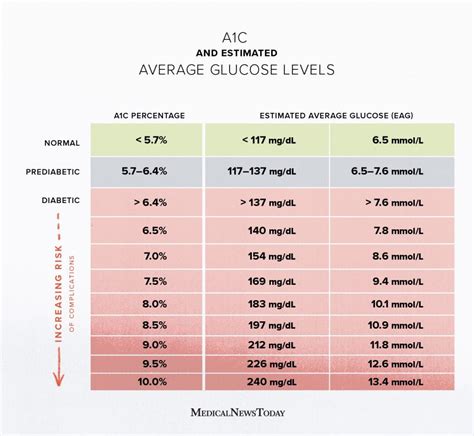
Factors Influencing Average A1c Levels
Several factors can influence average A1c levels, including the type of diabetes, the presence of other health conditions, and lifestyle factors such as diet and physical activity. For individuals with type 1 diabetes, achieving average A1c levels often requires meticulous management of insulin therapy, carbohydrate counting, and blood glucose monitoring. Those with type 2 diabetes may achieve their A1c targets through a combination of lifestyle modifications and, if necessary, medications. The presence of other health conditions, such as kidney disease or heart disease, can also impact A1c levels and may require adjustments to the treatment plan.Importance of Achieving Average A1c Levels
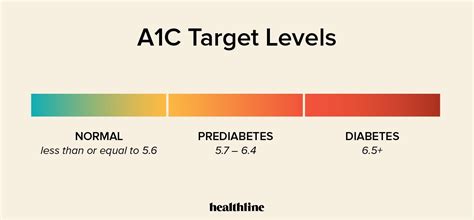
Strategies for Maintaining Average A1c Levels
Maintaining average A1c levels requires a proactive and multifaceted approach. This includes: - **Monitoring Blood Glucose Levels:** Regular blood glucose monitoring helps individuals understand how different factors, such as food and exercise, affect their blood glucose levels. - **Following a Healthy Diet:** Eating a balanced diet that is low in added sugars, saturated fats, and sodium can help manage blood glucose levels and support overall health. - **Engaging in Regular Physical Activity:** Exercise not only helps lower blood glucose levels but also improves insulin sensitivity and overall cardiovascular health. - **Taking Medications as Prescribed:** For many individuals with diabetes, medications are a crucial part of their treatment plan. Taking these medications as directed by a healthcare provider is essential for achieving and maintaining average A1c levels.Average A1c Levels and Lifestyle Modifications
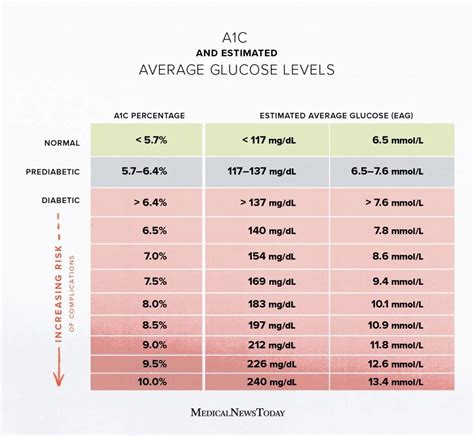
Technological Advances in Diabetes Management
Recent technological advances have significantly enhanced the ability of individuals with diabetes to manage their condition effectively. Continuous glucose monitoring (CGM) systems provide real-time blood glucose data, allowing for more precise management of diabetes. Insulin pumps and automated insulin delivery systems can adjust insulin doses based on real-time glucose data, reducing the risk of hypoglycemia and hyperglycemia. Mobile applications and online platforms offer tools for tracking blood glucose levels, physical activity, and diet, as well as providing educational resources and support networks. These technological advancements have made it easier for individuals to achieve and maintain average A1c levels.Challenges in Achieving Average A1c Levels
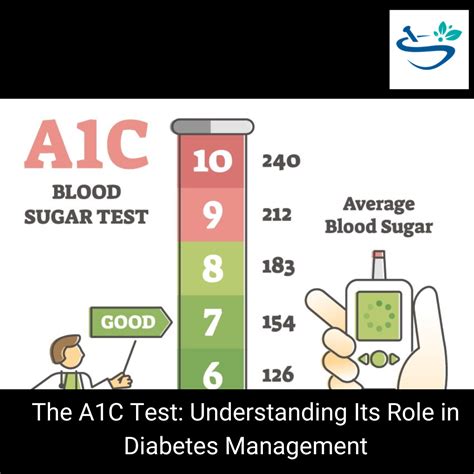
Support Systems for Diabetes Management
Support systems are vital for individuals with diabetes to achieve and maintain average A1c levels. This includes support from healthcare providers, family, and friends, as well as peer support groups. Educational programs, such as diabetes self-management education and support (DSMES) services, provide individuals with the knowledge and skills needed to manage their diabetes effectively. Online communities and forums offer a platform for individuals to share their experiences, ask questions, and connect with others who are facing similar challenges. By leveraging these support systems, individuals with diabetes can overcome barriers to care and achieve their A1c goals.Future Directions in Diabetes Management
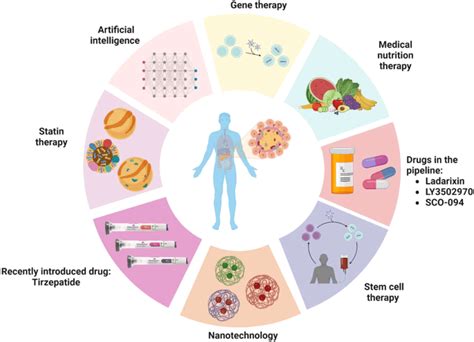
Conclusion and Next Steps
In conclusion, achieving and maintaining average A1c levels is a critical aspect of diabetes management. By understanding the factors that influence A1c levels, leveraging technological advancements, and addressing challenges to care, individuals with diabetes can improve their health outcomes and reduce their risk of diabetes-related complications. As research and technology continue to evolve, it's essential for individuals with diabetes, healthcare providers, and policymakers to work together to ensure that these advancements are accessible and beneficial to all. By taking proactive steps towards managing diabetes and maintaining average A1c levels, individuals can lead healthier, more fulfilling lives.What is the average A1c level for individuals without diabetes?
+For people without diabetes, the average A1c level is typically below 5.7%.
How often should A1c levels be checked?
+A1c levels should be checked at least twice a year for individuals with stable diabetes management and more frequently for those with changing treatment plans or whose levels are not well-controlled.
Can lifestyle modifications alone achieve average A1c levels?
+For some individuals, especially those with prediabetes or newly diagnosed type 2 diabetes, lifestyle modifications such as diet and exercise may be sufficient to achieve average A1c levels. However, many people will require a combination of lifestyle changes and medications to reach their A1c targets.
We invite you to share your experiences and questions about managing diabetes and achieving average A1c levels. Your insights can help others facing similar challenges. Please comment below, and let's work together to support each other in our journey towards better health outcomes.
